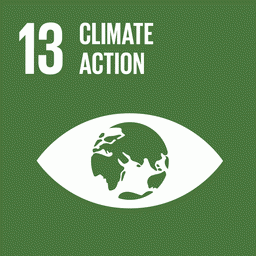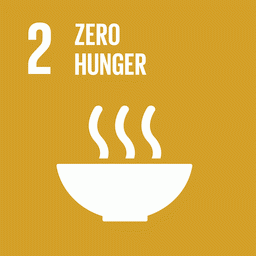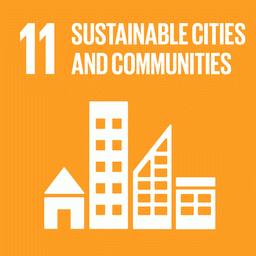Karina Custódio*
Monocultures subjected to unsustainable practices store less carbon in the soil than forests that are burned periodically. This is what research published in the scientific journal Catena shows, in collaboration with researchers from IPAM (Amazon Environmental Research Institute).
Carried out at the Tanguro Research Station, the study shows that soils used to plant a single crop for more than a decade lose 38% of their carbon stocks. In forests, there is a 16% loss in soils burned annually and a 19% loss in soils that have suffered fires every three years. In other words, the soil loses twice as much carbon when it is transformed into monoculture compared to forests that suffer recurrent fires. Compared to the carbon present in the soil of conserved forests, the concentration is three times lower.

“Carbon loss in agricultural systems varies according to management practices and the type of crop. Agroforestry, which integrates trees and agricultural production, generally increases or maintains carbon stocks due to the trees’ ability to sequester carbon and improve soil quality. Monocultures, on the other hand, even without burning, can lose carbon due to other factors, such as soil erosion and the intensive use of machinery,” explains Maracahipes-Santos.
The researcher also points out that the inclusion of regenerative agriculture practices in monocultures reduces the loss of carbon from the soil, consequently reducing carbon dioxide emissions and mitigating the climate emergency. These practices include mulching, restoring forests around crops and no-till farming.
“The Amazon has faced frequent forest fires and the conversion of forest to agriculture. Much of the research has focused on quantifying the impacts of these uses on above-ground biomass. Our study shows the legacy and magnitude of frequent burning and conversion from forest to agriculture on soil organic matter and other soil health attributes in the Amazon Deforestation Arc,” says Mário Medeiros-Naval, a researcher at USP (University of São Paulo) and first author of the article.
Soil health
The analyses also identified a correlation between the increase in carbon stock and greater soil fertility. This indicates that adopting more sustainable practices in monocultures, which encourage the accumulation of carbon, can generate more fertile soils and reduce the need for fertilizers.
The research shows that soil health in monocultures is worse than in forests that are burned annually. The soil present in plantations is more compacted, with a lower nitrogen and organic matter content, which reduces the capacity to store nutrients and hinders plant growth, increasing dependence on fertilizers.
The monoculture area studied had already adopted no-till farming and the application of lime, more sustainable practices, since 2008, which reduced the acidity of the soil and increased the availability of some nutrients. However, the reduction in organic matter led to characteristics incompatible with healthy soils.
How the research was carried out

Collecting the samples (Photo: Mário Naval-Medeiros)
To determine the level of carbon and soil health, the researchers selected four areas in the same region: a forest burned experimentally every year, one burned every three years and an area of intact forest.
Soil samples were collected at 11 points in each area, analyzing both shallower parts of the soil (10 to 20 centimeters) and deeper parts (20 to 30 centimeters).
The researchers assessed the presence of carbon, nitrogen, organic matter, density and other nutrients in the laboratory. This made it possible to determine the quality of the soils examined.
IPAM communications analyst*



